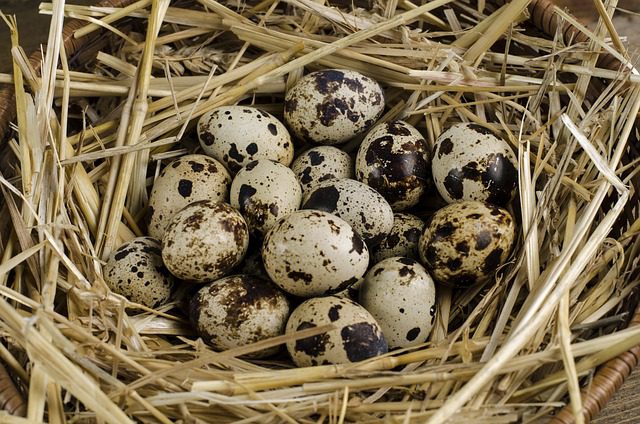Raising quail chicks from hatched eggs is exciting for poultry farming enthusiasts. If you’re looking to start your quail flock, you might be searching for fertile quail eggs for sale to incubate and hatch. With the proper knowledge and preparation, you can successfully raise quail chicks from eggs. From creating the right environment to providing good nutrition, this guide will walk you through everything you need to know about raising quail chicks from hatched eggs.
Table of Contents
Preparing the Brooder
Before hatching quail eggs, it’s essential to purchase fertile quail eggs for sale from a reputable breeder or hatchery. A brooder can be a cardboard box, plastic container, or any other enclosed space that is easy to clean and provides adequate ventilation. The brooder should be lined with paper towels, pine shavings, or another suitable bedding material that is absorbent and non-toxic.
The brooder should have a heat source to keep the chicks warm. A heat lamp, heating pad, or brooder plate can be used to maintain a temperature of around 95°F (35°C) for the first week, gradually reducing the temperature by 5°F (3°C) per week until the chicks are fully feathered.
Feeding and Watering
Once the chicks have hatched and are placed in the brooder, they will need access to food and water. Quail chicks require a high-protein diet. So, a commercial starter feed is the best option. The feed should be provided in a shallow dish or feeder that is easy for the chicks to access.
Fresh water should also be available at all times. A small waterer with shallow water is best to prevent drowning for the first few days, but a larger waterer can be used as the chicks grow.
Managing the Brooder
Managing the brooder is essential to the success of raising quail chicks. The brooder should be cleaned regularly to prevent the build-up of feces and other waste, which can lead to disease and infection. The bedding material should be replaced at least once weekly or more frequently if necessary.
It’s also essential to monitor the temperature and humidity levels in the brooder. The brooder should be kept at around 95°F (35°C) for the first week, with a 50-60% humidity level. The temperature and humidity levels can be adjusted accordingly as the chicks grow and develop.
Growing and Developing
As the quail chicks grow, they become more active and curious. Providing them with plenty of space to move around and explore is essential. Once the chicks are fully feathered, they can be moved to a larger enclosure, such as a coop or outdoor pen.
At around 6-8 weeks of age, the chicks will reach sexual maturity and will begin laying eggs. At this point, you can keep the quail for egg production or meat or sell them to other farmers or hobbyists.
Managing Health and Wellness
Managing the health and wellness of your chicks is essential to their overall success. It’s important to monitor the chicks for signs of illness or injury and to provide them with the proper care and treatment as needed. Regular health checks and proper sanitation can help prevent the spread of disease and infection.
Conclusion
Raising quail chicks from eggs can be a fun and rewarding experience for farmers, hobbyists, and anyone interested in raising poultry. With careful preparation, you can provide your quail chicks with the environment, nutrition, and care they need to grow and develop into healthy adults. From preparing the brooder to managing health and wellness, this guide has everything you need to know to raise quail chicks from eggs.
Featured Image by Cico Zeljko from Pixabay




